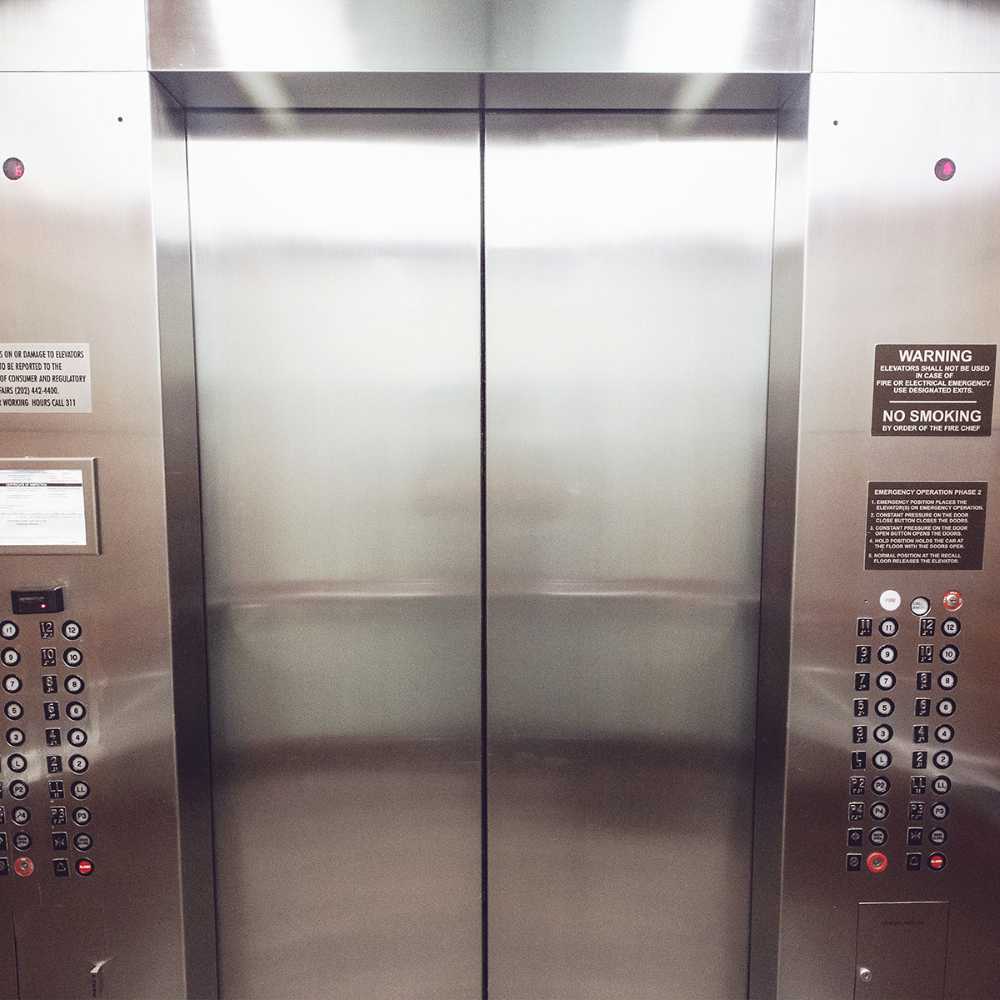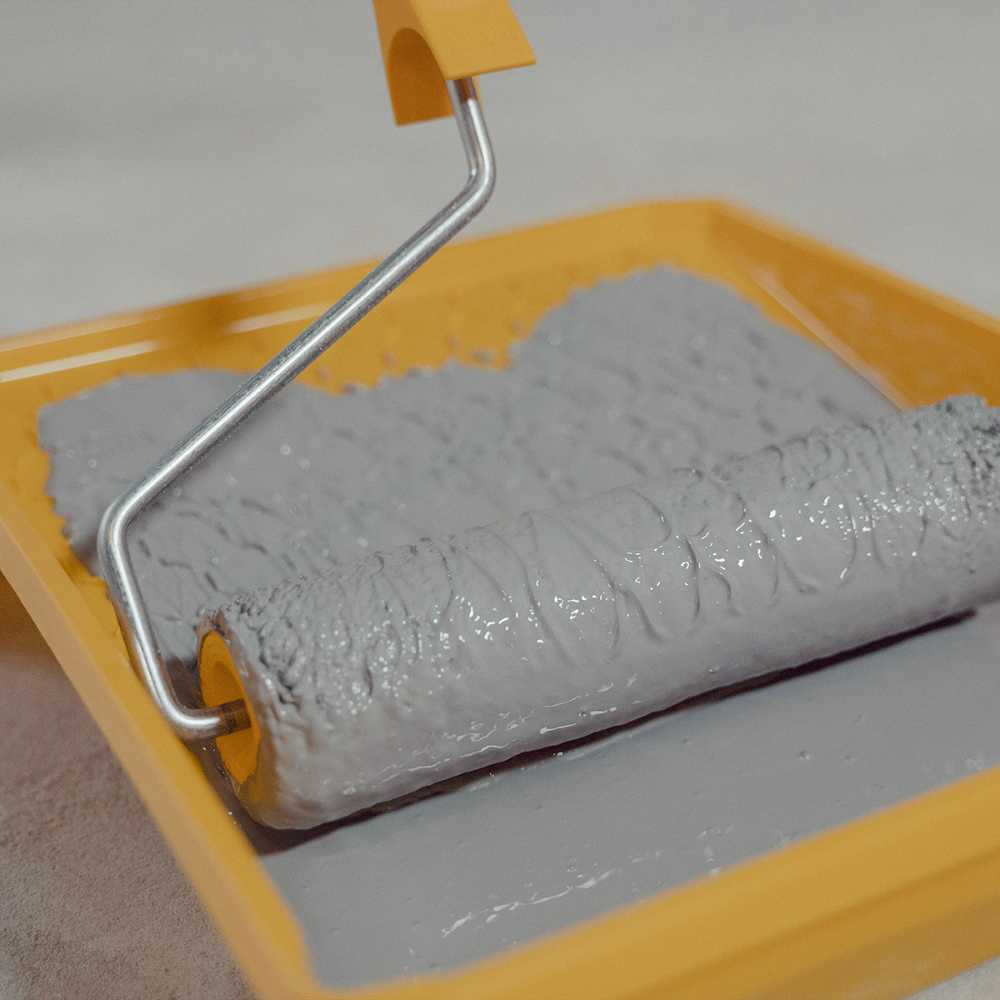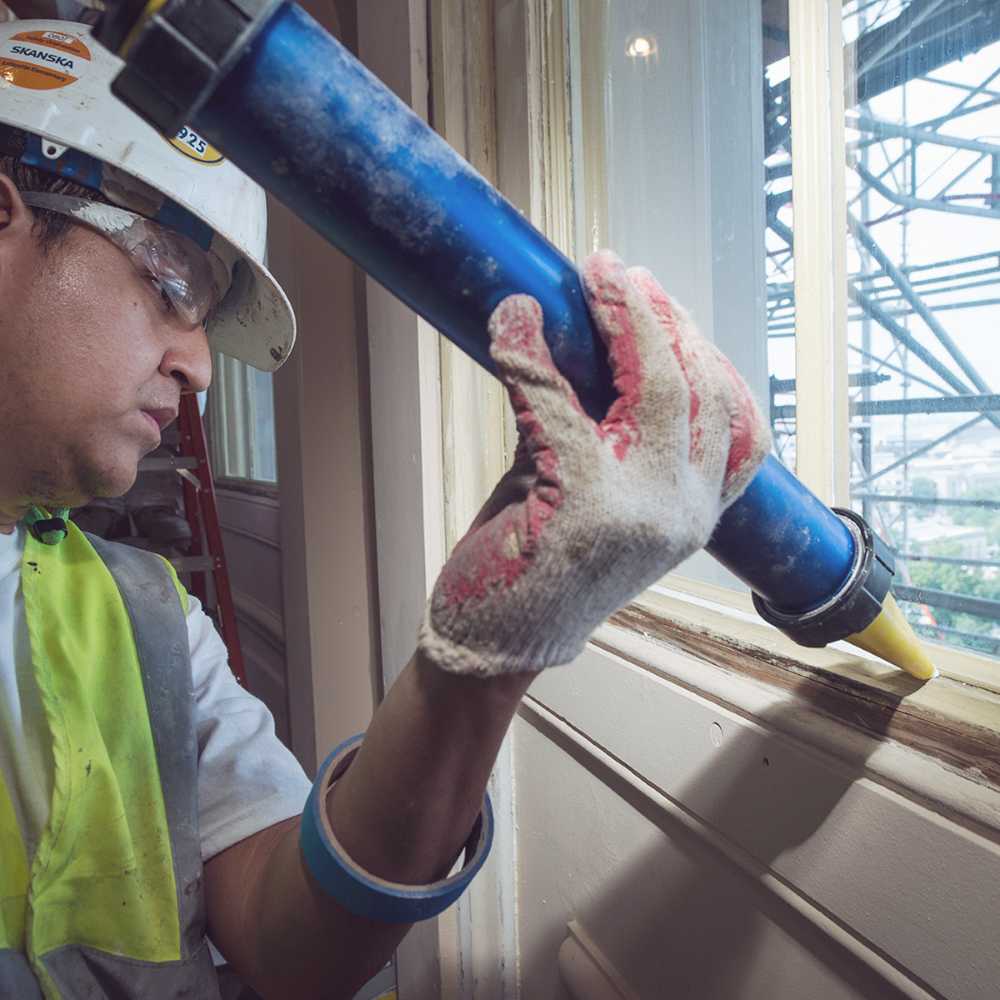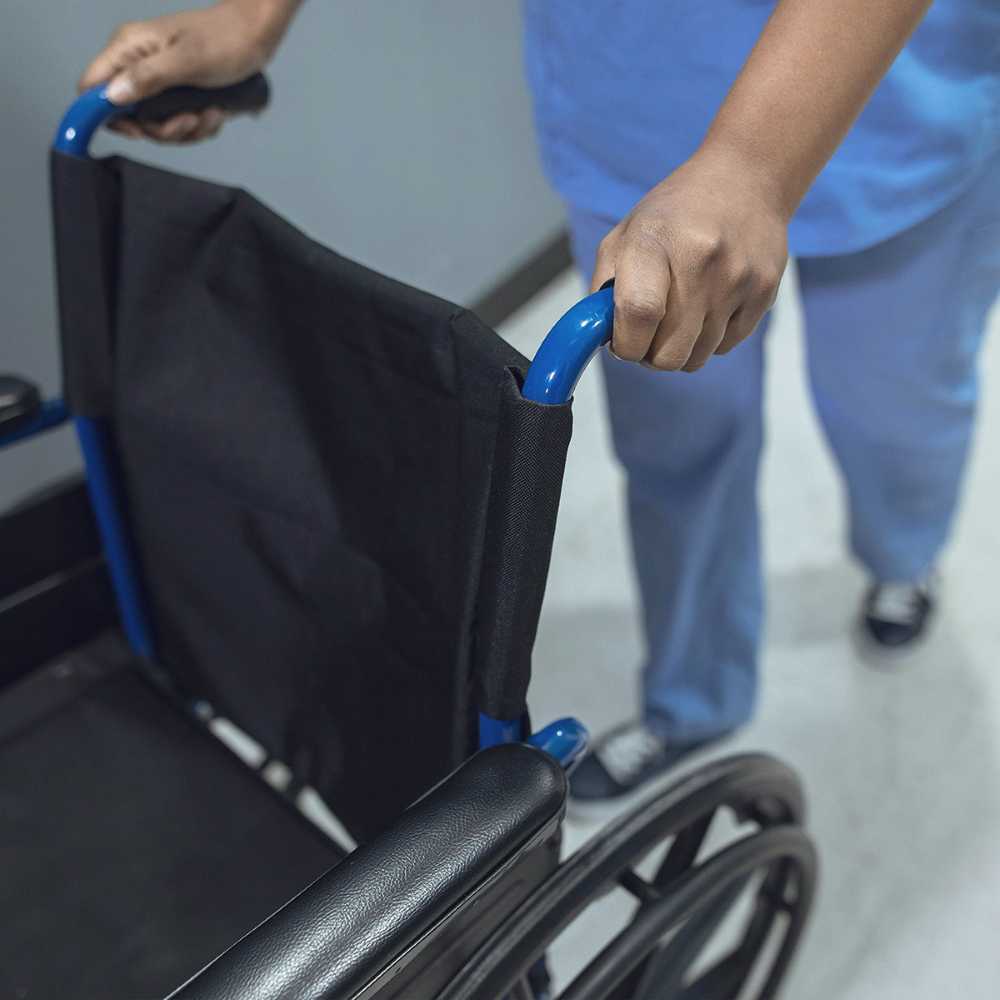Building Maintenance
Elevator Pit Waterproofing
Elevator pits are waterproofed to prevent water from damaging the elevator machinery and compromising safety. Waterproofing can be done from the inside or outside of the pit, and there are several methods to choose from:
The most effective way is to apply waterproofing and a french drain to the negative side of the foundation during construction. But that’s not an option since your building is in full operation. There are a couple of other options that are available to you.
- Negative side sealing: This method is done from the inside of the pit, and often involves applying a topical sealant. It’s used when the outside of the pit is inaccessible or doesn’t allow for continuity. The most common material used for this is a cement based waterproofing system.
- Polyurethane grout: This material is injected into cracks, joints, or defects to create a solid, impermeable barrier. This is a good option for treating individual cracks provided the leak is actively leaking. It can also be used to create a “curtain wall” of grout around the outside of the foundation wall keeping any water at bay.

Stair Nosing Repairs
Stair nosings are the leading edges of stair treads, serving both functional and safety purposes. These components protect the stair material from excessive wear while providing a visible edge to reduce tripping hazards. In hospital environments, where safety and accessibility are critical, maintaining stair nosings is essential to ensure smooth and secure movement for patients, visitors, and staff.
Over time, stair nosings can become worn, cracked, or damaged due to heavy foot traffic and environmental factors. Repairing these areas promptly is vital to preventing accidents and preserving the structural integrity of the stairs. Using a two-part epoxy adhesive is an efficient and effective solution, allowing for the restoration of small cracks, chips, or gaps in materials like concrete, wood, or metal.
This method eliminates the need for extensive forming or reconstruction, offering a durable and long-lasting repair with minimal downtime. Explore our range of epoxy repair options below to keep your stairwells safe, functional, and compliant with safety standards.

Roof Repair
Managing multiple roofs across a large campus or facility can be a challenging task. Replacing every roof before issues arise simply isn’t feasible for most budgets. That’s where Liquid Applied Membranes (LAM) come in—offering a cost-effective and flexible solution for emergency repairs, extending the life of existing roofs, or even covering new ones.
Here’s why LAM systems are an ideal choice for a wide range of roofing applications:
- Ease of Application: Polyurethane resins are ready to use with no mixing required, and silicones and acrylics need only minimal preparation.
- Cost Savings: Avoid the expense of a full roof replacement while achieving reliable protection and performance.
- Versatility: Fully adheres, reinforces, and conforms to the existing roof surface, making it suitable for various roofing types and conditions.
- Lightweight: Adds less than 1 pound per square foot, minimizing stress on the roof structure.
- Energy Efficiency: Available in reflective, energy-saving colors to enhance building efficiency.
Liquid Applied Membranes offer durability, simplicity, and affordability, making them an excellent choice for roof maintenance and upgrades.
Related Products

General Caulking
In facilities, joint caulking is critical to maintaining the integrity and functionality of the structure. Joints, where different building elements and materials meet, allow for necessary structural movement while ensuring a tight seal against environmental elements. Properly sealed joints are essential to keeping out water, air, heat, cold, and vapor, ensuring a safe and controlled environment for those inside.
As the most vulnerable part of any structure, joints require the highest-quality products to provide long-lasting protection. Only correctly specified and professionally applied joint sealants can effectively safeguard a facility against environmental challenges, maintaining an airtight seal throughout the structure’s lifespan.
We offer a wide range of joint caulking solutions tailored to meet the unique needs of building maintenance. From flexible options designed to accommodate movement to durable sealants for demanding environments, we have the right product for your application.
Related Products

Expansion Joint Repair
Joints are often a great source of discussion in many hospitals. The floor at expansion joints in corridors and hallways take a beating from the impact of gurney and cart wheels. Hard wheeled traffic can cause extensive damage to the floors and create a bumpy surface that can cause:
- Unnecessary wear and tear on carts and gurneys.
- Patient discomfort during transport
- Unexpected damage to monitoring equipment on carts
There are options to repair this damage if you catch it early. You can fill joints with material that makes the transition across the joint smooth. These materials require very little prep and can be installed with little or no training.
If the damage is severe, you may have to cut out the joint and restore the joint to its original size and shape. Just make sure you use a material that can dampen the impact of the carts your hospital is using.




